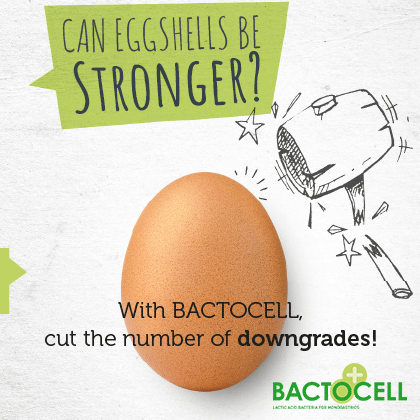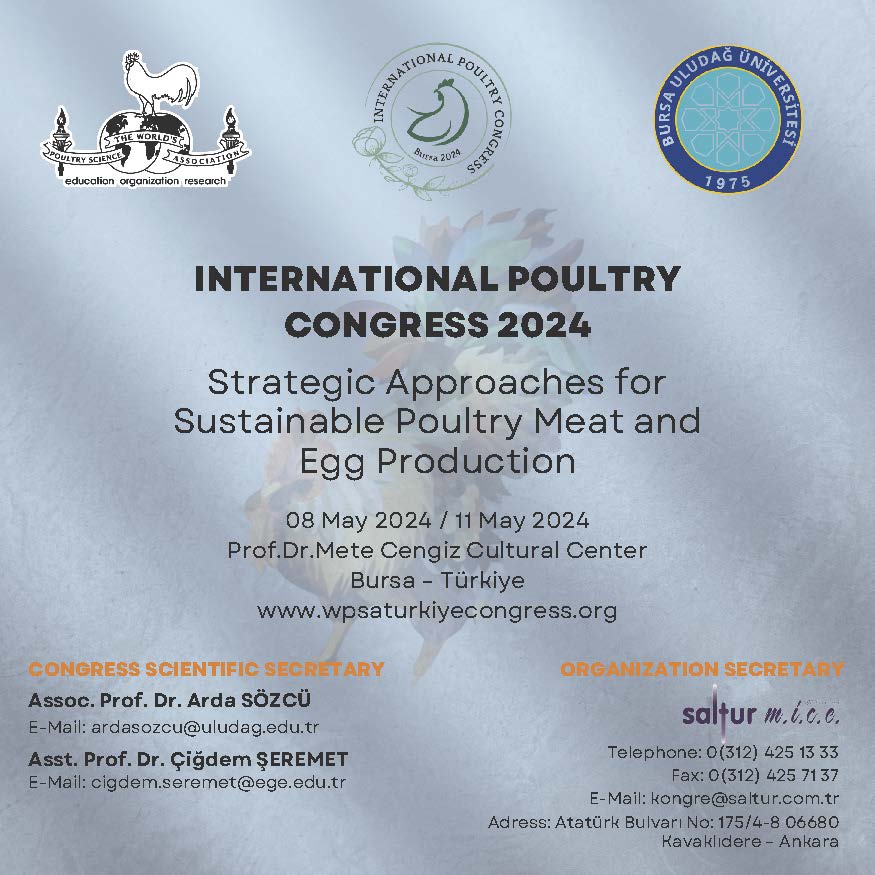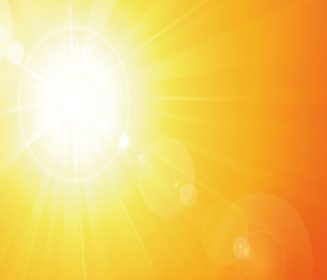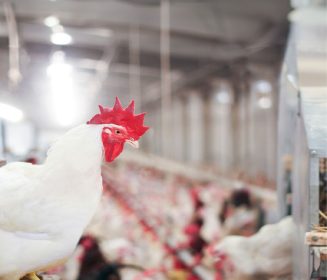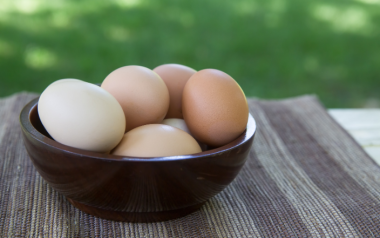Temperature
The importance of rearing in the productive performance of the hen
Contenido disponible en: Español (Spanish) Português (Portuguese (Brazil))In modern poultry farming, the basic objective is the need to house birds […]
In modern poultry farming, the basic objective is the need to house birds that can show their full productive potential during the laying period. Success at this point occurs due to high productivity rates that are influenced by genetics, nutrition, environment, and management.
However, the proper management of poultry activity must be linked to a proportionate administration to achieve the best technical and economic results within that farm. For this to happen, we must properly plan for the facilities, the ambient temperature, the feeding of the layers and all the factors related to the uniformity of the batch.
The layer is a homeothermal animal, so the temperature of the environment is a parameter related to thermal comfort, being the thermoneutral zone necessary for the bird to express its full genetic potential and to make better use of nutritional strategies.
Environmental temperature is a very important factor that can affect the performance of laying birds. Temperatures above 80.6 ° F cause:
- Production losses, with reduction in the thickness of the shell, providing the incidence and contamination by bacteria and / or coliforms
- Weight loss of egg components
- Poor egg formation
- Reduction in lay rate
Heat stress, depending on the magnitude and duration, can cause high mortality rates. During the growing and rearing periods, the influence of the ambient temperature results in a reduction of the voluntary ingestion in the birds, which promotes the decrease in the intake of nutrients, directly affecting the productivity of the flock, culminating in the reduction of the increase weight and fat storage. This is detrimental to the uniformity of the flock at the start of lay.
Cold stress also impairs flock uniformity, due to increased feed consumption to increase catabolism and endogenous heat production.
High density in cages has become increasingly prevalent in commercial layers, as a way to reduce housing and equipment costs per bird. However, the reduction of the cage area per bird, as well as the feeder and drinking area; when practiced in excess, can have a negative effect on the growth and performance of the layer. The latter causes a decline in feed consumption and, consequently, in the reduction of the live weight and in the muscular and skeletal development of the bird.
However, the indiscriminate use of this practice can cause unevenness in the flock, anticipation or delay of sexual maturity and consequently in the peak of laying, reduction in persistence and total production, and unevenness in the weight of the eggs. Additionally, oviduct prolapse, cannibalism, and death may occur. 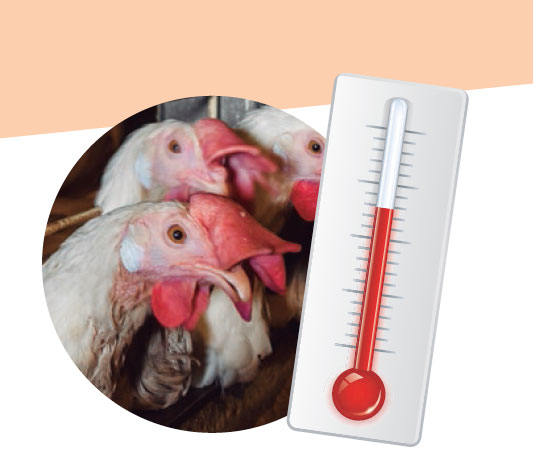
Body weight and uniformity assessment
Monitoring the body weight progression of the birds during the growing and rearing periods is essential to obtain good uniformity. Birds outside the pattern can delay and anticipate the start of egg production, however, in either situation there will be a compromise with the flock performance. To avoid this, our goal is to achieve 80% uniformity, representing an individual weight variation of 10% below and 10% above the average weight. It should be noted that the body development of the layer occurs according to a sequence of events.
- Up to 6 weeks of age the organs of the digestive tract and the immune system present much of their development.
- From 6 to 12 weeks there is a period of rapid growth, a stage in which the hen obtains most of the adult growth, i.e: Muscular growth, bone and feather development, with 95% of the skeleton developing at the end 12 weeks.
For this reason, it is essential that the flock is healthy and the feed supply, water and temperature levels, trough space, beak trimming, and density are all adequate.
When the flock is uniform, there is the guarantee of:
- A good production peak
- Higher egg mass
- Greater persistence
- A uniform egg size
Due to increased production, laying birds are more susceptible to aggressiveness and cannibalism. The manifestation of this type of behavior can be associated with:
- Beak shape
- Light intensity
- Genetic predisposition for aggression
- Age
- Nutrition
- Density in the cage or floor
- Bird hierarchy within the group
The loss of feathers resulting from aggression within the flock can cause both economic problems for the producer and welfare problems for the birds.
The economic loss is due to the fact that the removal of feathers leads to problems in maintaining body temperature, leading to an increase in feed consumption, as well as pecked eggs in some cases.
Stress, resulting from the wrong procedure and failure to trim beaks, can affect the initial production of eggs. For this reason, this is considered a precision operation where the experience of the team that performs it is a key feature for its success.
Feeding
Nowadays, it is common to observe the launching of laying hens in the market with high production rates and persistence of production together with a low feed consumption. As a consequence, the birds became more demanding and show difficulty in gaining weight.
The growing and rearing phases are responsible for the good or bad development of the birds, and may be influenced by various factors, which interfere with feed consumption, such as:
- Environment
- Line genetics, where there are specific peculiarities
- Health
- Nutritional requirement
These factors are interrelated and their effects on birds are interdependent, for example: improper placement of layers can influence the body weight of the birds, which affects the productive period and the weight of the eggs. The feeding programs are part of the factors that provide a good uniformity to the batch, their function is:
- Adapt nutrient levels according to the age and development of birds
- Provide adequate amounts according to requirement
- Optimize costs
- Reduce excess nutrients and reduce excretion of unused nutrients
In order for the feeding program to be adequate, it is necessary to know the main nutritional aspects of each stage of development of the layers. This practice will give the producer autonomy on the decisions to be made based on the age and weight of the flock, in which nutritional levels can be reduced or increased and feed intake can be regulated according to the requirements of the birds.
Light program
Various environmental factors play important roles in controlling the biological functions of birds, light being one of them. Programs with artificial lighting have been used in the production of layers, and breeding stock, to perfect weight gain, control age by delaying the sexual maturity of chickens by stimulating the reproductive system in the appropriate period. From there the objective is to stimulate egg production and synchronize laying and thus:
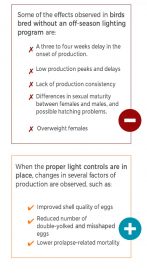
Increasing the production of eggs in the first phase of production, improving the number of hatching eggs, increasing the size of the first eggs and reducing overweight birds due to excessive storage of fat, since the feeding surplus in this phase is for maintenance and production.
The choice of bulb type will depend on many factors, such as cost, durability, maintenance, and efficiency. In practical terms, incandescent and fluorescent bulbs are used because they have greater intensity and durability, less maintenance, and less energy expenditure.
Conclusion
In the case of a change in feed quality, it should be taken into account that, in order to have good production rates, it is necessary that the practices of temperature control, housing density, body weight evaluation, uniformity, beak trimming, feeding and light program are applied correctly. These actions serve to favor the suitable development and growth of the birds, as well as allow good productive indexes in the laying phase and thus guaranteeing a successful outcome.





